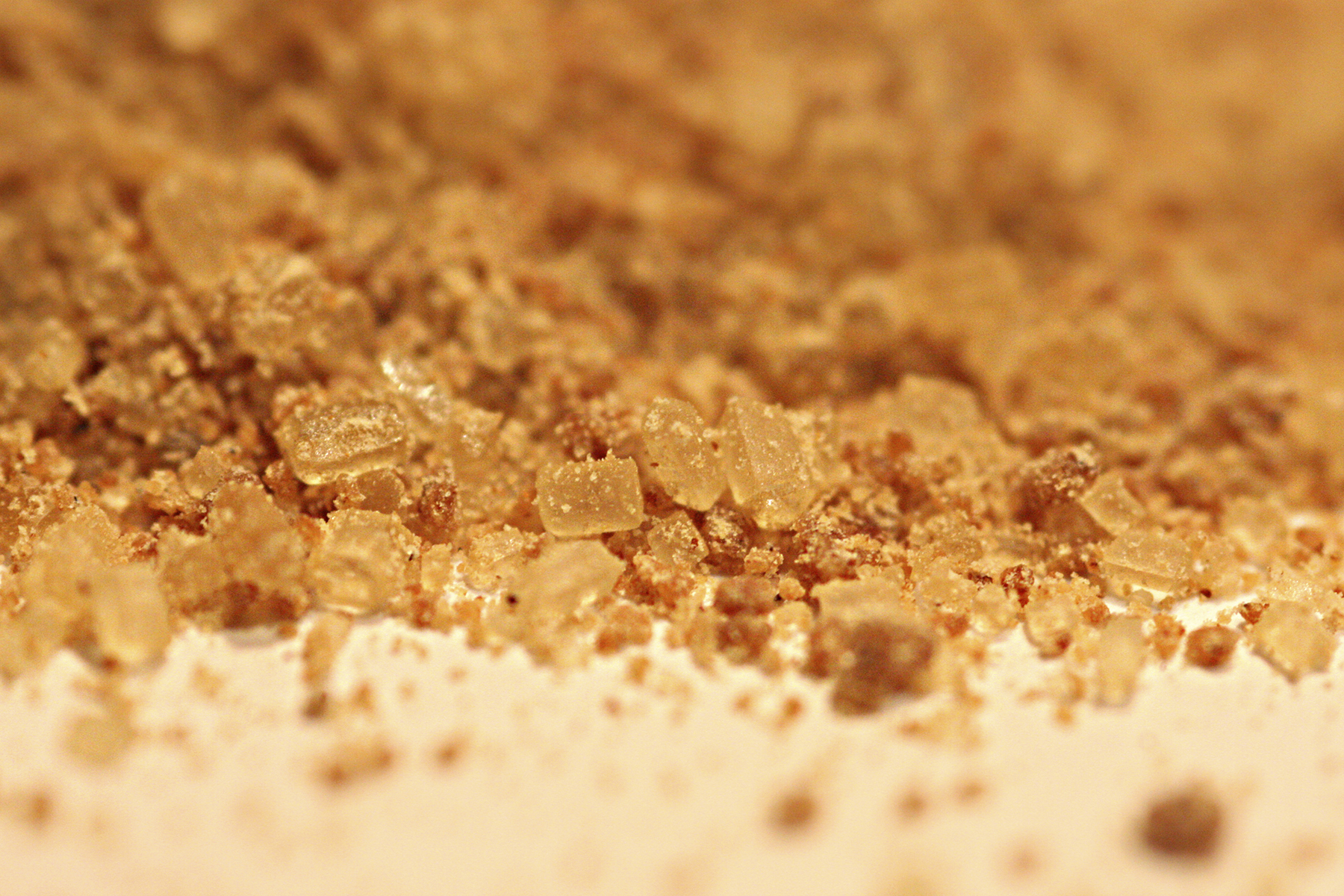Trace minerals, or Micro Elements as they are often referred to, are essential for soil, plant, animal, and human health. We know more about this subject today then ever before. These micro elements are needed only in very small quantities; a few parts per billion to a few parts per million are adequate.
First, let’s take a look at the primary and secondary minerals essential to plants, animals, and humans.
The primary minerals needed in a healthy, fertile soil are the cations:
Calcium (Ca) ++
Magnesium (Mg) ++
Potassium (K) +
Sodium (Na) +
The primary anion minerals needed are:
Phosphorous (P) –
Sulfur (S) – –
The secondary minerals are:
Boron (B) 3 + or – (Cation or anion)
Iron (Fe) +
Manganese (Mn) +
Copper (Cu) +
Zinc (Zn) +
Chlorine (Cl) –
Silicon (Si) 4 + or – (Cation or anion)
It is important to remember that the term secondary refers to the smaller quantities required and not to their relative importance. These secondary elements are essential to the function of the primary minerals.
Now let’s get back to the trace elements. The standard soil test does not test for trace elements. It tests only for the first eleven minerals listed above with the addition of exchangeable Hydrogen and Aluminum. There are several ways to ensure that your soil has adequate amounts of trace elements. The best sources are:
• Azomite Volcanic Minerals (Sourced from Utah and contains 71 trace elements)
• Glacial Rock Dust (Sourced from British Columbia and contains 67 trace elements)
• Jersey Greensand (Contains trace elements and is also a long term source of Potassium)
• Kelp Meal (Sourced from Nova Scotia and contains 60 trace elements with the added benefit of growth stimulants)
• Redmond Mineral Salt (Sourced from Utah and contains 50 trace elements)
All of the following micro (Trace) elements are essential in very small quantities:
Chromium (Cr) –
Cobalt (Co) +
Fluorine ((F) –
Iodine (I) –
Molybdenum (Mo) –
Nickel (Ni) +
Selenium (Se) –
Tin (Sn) +
Vanadium (V) +
Good examples of the importance of trace elements are illustrated by Molybdenum, a catalyst necessary for Nitrogen fixing bacteria in the soil. Also, Selenium is essential for proper immune system function, is associated with resistance to viruses, and is a co-factor with vitamin E. Cobalt is essential for ruminants such as sheep and cattle. They produce vitamin B-12 in their digestive system when Cobalt is present in their forage. When Cobalt is absent, these animals may be subject to numerous diseases and infections.
There are at least 30 other trace elements contained in the source list above. Sustainable Soils highly recommends the use of these sources to build the healthiest soil possible.
Sources:
“The Ideal Soil 2014” A Handbook for the New Agriculture v2.0 by Michael Astera with Agricola.
“The Biological Farmer” by Gary F. Zimmer
“Hands-on Agronomy” Understanding Soil Fertility & Fertilizer Use by Neal Kinsey & Charles Walters, 3rd Edition


